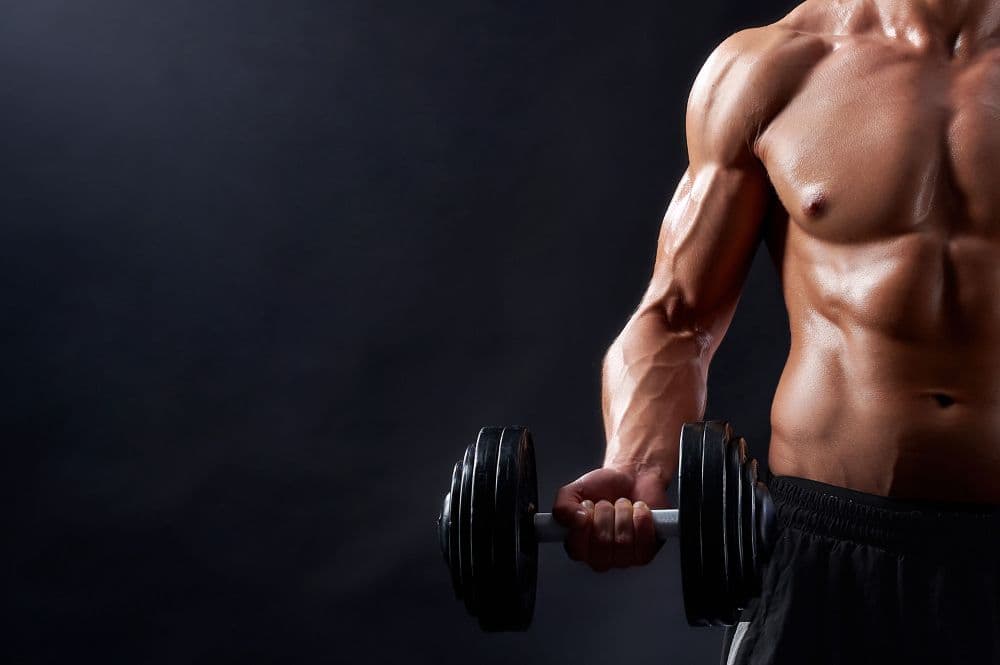Full-Body Workouts: Benefits, Best Exercises, and Sample Routines
Introduction
Full-body workouts are one of the most efficient and effective ways to build strength, improve endurance, and develop a balanced physique. Unlike split routines that focus on one or two muscle groups per session, full-body training allows you to train all major muscle groups in a single workout.
This approach is ideal for beginners, busy professionals, and even experienced lifters who want to maximize their results with minimal time commitment. In this article, we will dive deep into the science, benefits, best exercises, common mistakes, and provide multiple sample routines so you can get started immediately.
Why Full-Body Workouts Work
The full-body approach is based on compound movements — exercises that involve multiple joints and muscle groups at the same time. Squats, deadlifts, bench presses, and pull-ups are classic examples. These exercises recruit more muscle fibers, burn more calories, and build functional strength that translates into everyday life.
Science of Training Frequency
Research consistently shows that training a muscle group two or three times per week leads to better strength and hypertrophy gains compared to training it once per week. A full-body routine naturally hits each muscle multiple times, making it perfect for beginners and intermediates.
Benefits of Full-Body Training
1. Time Efficiency
You only need 3 sessions per week, leaving more days for rest, recovery, or other activities like cardio or sports.
2. Balanced Development
Because every workout includes both upper and lower body exercises, you reduce the risk of muscle imbalances.
3. Faster Strength Progression
Practicing compound lifts multiple times per week leads to faster neurological adaptation and improved lifting technique.
4. Great for Fat Loss
Full-body workouts have a high energy demand and keep your heart rate elevated, helping you burn more calories per session.
5. Flexibility
If you miss a workout, you don’t skip an entire muscle group for a week. You just catch up next session.
Best Full-Body Exercises
Lower Body
- Back Squat: The king of all lower body exercises. Builds quads, hamstrings, glutes, and core.
- Romanian Deadlift: Focuses on hamstrings and posterior chain.
- Lunges or Split Squats: Improve single-leg strength and balance.
Upper Body Push
- Bench Press: Trains chest, shoulders, and triceps.
- Overhead Press: Builds shoulders and triceps, great for strength.
- Push-Ups: Bodyweight variation perfect for home workouts.
Upper Body Pull
- Pull-Ups or Chin-Ups: Target lats, biceps, and upper back.
- Barbell Row: Builds back thickness and posterior chain.
- Face Pulls: Strengthen rear delts and rotator cuff.
Core
- Plank Variations: Build deep core stability.
- Hanging Leg Raises: Strengthen lower abs and hip flexors.
- Pallof Press: Anti-rotation exercise for core strength.
Sample Full-Body Routine (Beginner-Friendly)
Day A
- Squat – 3x8
- Bench Press – 3x8
- Barbell Row – 3x10
- Overhead Press – 2x10
- Plank – 3x30 sec
Day B
- Deadlift – 3x5
- Pull-Ups – 3 sets to failure
- Incline Dumbbell Press – 3x10
- Bulgarian Split Squat – 3x12 per leg
- Hanging Leg Raise – 3x10
Alternate Day A and Day B three times per week (e.g., Mon/Wed/Fri).
Advanced Full-Body Routine
For intermediate and advanced lifters, increase volume and intensity:
- Back Squat – 4x6
- Bench Press – 4x6
- Deadlift (light) – 3x5
- Weighted Pull-Ups – 4x8
- Overhead Press – 3x8
- Face Pull – 3x12
- Ab Wheel Rollout – 3x12
This workout hits every major muscle group hard and allows you to progressively overload over time.
Programming Tips
Progressive Overload: Gradually add weight or reps every week.
Rest Periods: Take 90-120 seconds for compound lifts, 60 seconds for accessory exercises.
Warm-Up Properly: Spend at least 5-10 minutes mobilizing joints and performing light sets.
Track Your Progress: Log your workouts and weights lifted.
Common Mistakes
- Skipping Leg Work: A full-body program must include lower body training.
- Too Much Volume in One Session: Avoid doing 20+ sets for each muscle group in a single workout; you’ll burn out.
- Neglecting Recovery: Sleep, nutrition, and stress management are as important as training.
Conclusion
Full-body workouts are one of the most effective training methods available. Whether you are a beginner looking for a simple routine or an advanced lifter seeking efficiency, a properly structured full-body program will help you build muscle, strength, and endurance while saving time.
Start small, be consistent, and focus on quality movement patterns. In a few weeks, you will notice improvements in strength, energy, and overall fitness.
